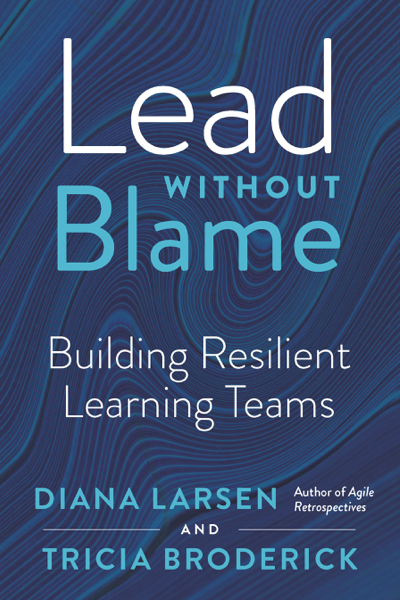Not too long ago, I attended a conference session about bias. Now I am not naive, I’m well aware that I carry my own set of biases and that others have biases too. Some that we acknowledge and some that we don’t even realize that we have. Natalie Warnert shared the following which made me think a little more about our bias.
Google: “software developer” – this is the first image
About 40+ down is finally this image
Google: “female software developer” – this is the first image
Why does the female version look depressed? So I figured, let’s be fair…
Google: “male software developer” – this guy beat out the guy above
This all brought me back to the moment at an Agile conference when Liz Keogh mentioned that a software developer recruitment showed a globe for a male posting and nail polish for a female posting. I think my mind blocked the name of the company that did this. Why would a company that was intentionally trying to do something positive – recruit women engineers…mess up so badly? Because we see these images all the time.
Think this is just an isolated case? Ok, google: the same for Female Project Manager vs Project Manager:
The woman is stressed and the man has everything under control. Now I’m highlighting just the gender bias here but there is so much more, such as everyone is caucasian in these photos.
Now none of this was really surprising (which is sad in itself) but what got me thinking after seeing this is how much people’s perceptions are built on preexisting biases. I’ve always stated perceptions do not neccessarily match intentions but I’ve also always taken perceptions at face value against the behavior/results that they were impacted by. What if a person’s reaction has very little to do with the actual behavior but bias already present. Now that changes how to coach through the conflict/feedback. In general, I’ve taken a stance that both parties are responsible for perception and intention but maybe the person with the perceptions due to bias…has greater responsibility.
If I reflect on situations, I don’t think I took into account bias enough. I don’t think I challenged the person with the perception enough to consider their bias. I challenged them to consider the person’s intent but not their own reason for their perception beyond justifying the impact. Loos like I have a new area of learning: I’ll be researching and practicing how to coach bias influence in conflicts.
How have you taken into consideration the impact from bias?











This website is really interesting. I have bookmarked it.
Do you allow guest post on your site ? I can write hi quality posts for
you. Let me know.